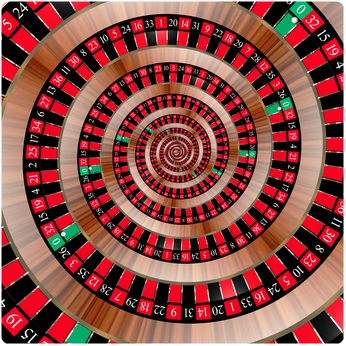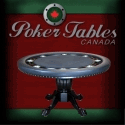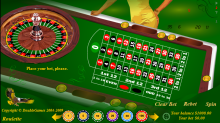 Is it possible to beat a roulette wheel? According to a recent research project by Michael Small and Michael Tse, from the University of Western Australia and Hong Kong Polytechnic University respectively, the answer is yes.
Is it possible to beat a roulette wheel? According to a recent research project by Michael Small and Michael Tse, from the University of Western Australia and Hong Kong Polytechnic University respectively, the answer is yes.
Their research suggests that the key is to determine when the ball and a certain point of the wheel pass the same point at the same time. With just a few measurements and a smartphone, it’s so possible to adjust your odds against the house.
The concept isn’t a new theory, however. In the 1970s, a graduate student from the University of California also tested the possibility of beating the system. Doyne Farmer was a mathematician who used a unique wearable computer to win the roulette tables in Vegas, but never revealed his secret. Thanks to the publication of Small and Tse’s research, Farmer has decided to break his silence.
Their method is similar: divide the game into two separate parts, consisting of an easily predictable aspect of the wheel, and the more chaotic, unpredictable part. The first, when the ball rolls around the rim and then falls, can easily be translated into roach calculations of where the ball would begin the second less predictable part of bouncing. By studying the first part of the wheel, they were able to predict where the ball will land.
The pair used a counting device, much like the minicomputer used by Farmer several years ago, to predict which half of the wheel the ball would fall in. Considering the half of the wheel they were 13 for 22 in their prediction, and three times the model predicted the exact pocket. This changes the odds from 2.7 percent in the favor of the house, to 18 percent in the player’s favor. In order to confirm their results, they conducted seven hundred trials with an automated camera system. The camera would be too obvious to use in a real casino situation, but was able to validate the small number of real life trials.
The main difference between Small and Tse’s research and Farmer’s, is the difference in which force is responsible for slowing the ball. Small and TSE believe it is the ball’s friction with the rim of the wheel, whereas Farmer found it to be air resistance.
Because the theory has been around for decades, Small believes that casinos are aware of the trick. Casinos can eliminate the possibility of predictions by closing bets before the wheel has had enough rotation time for calculations.



